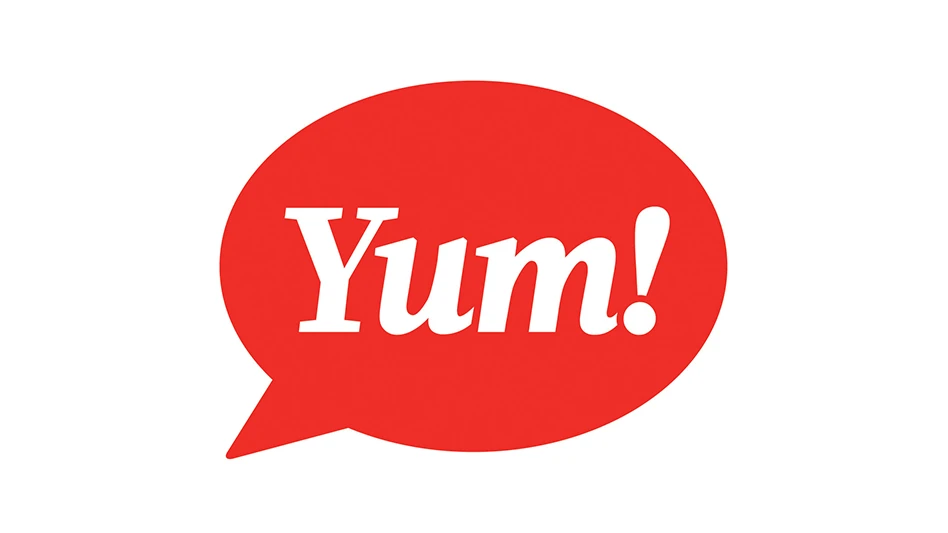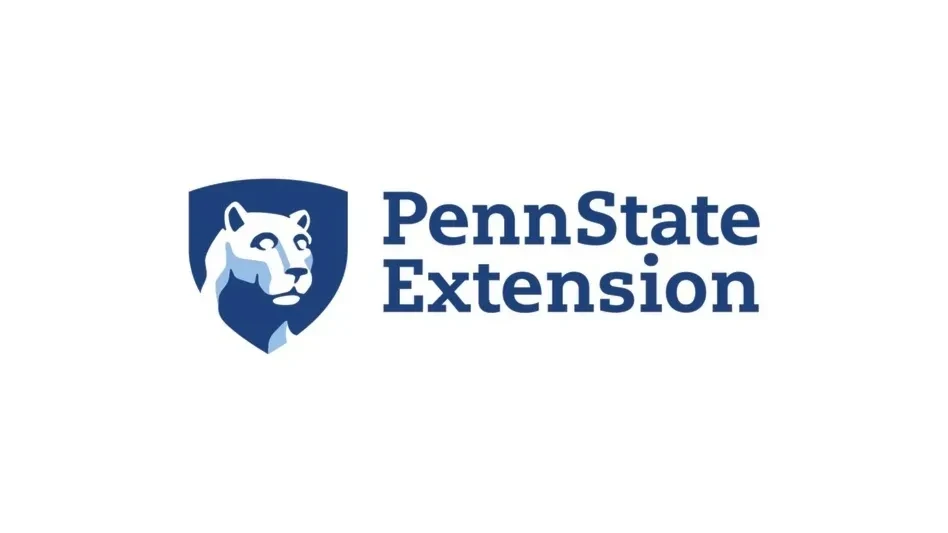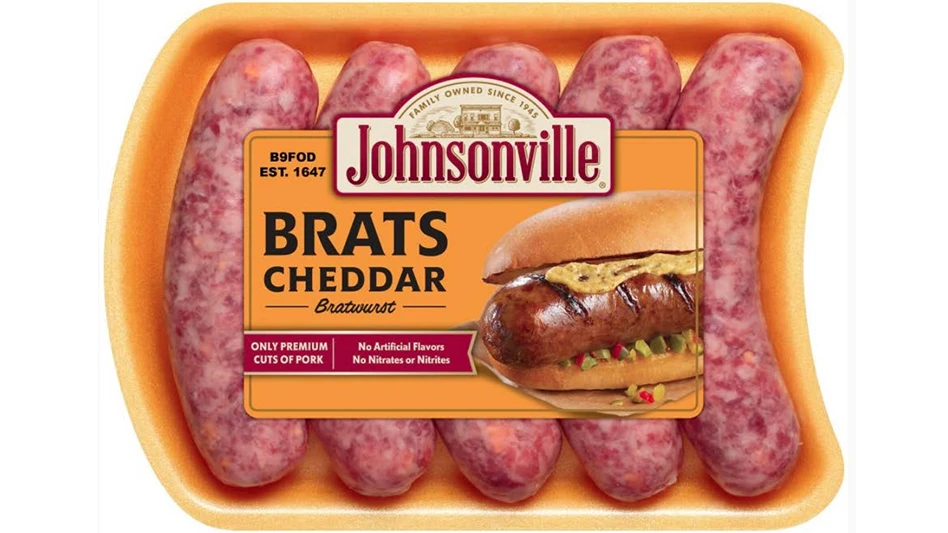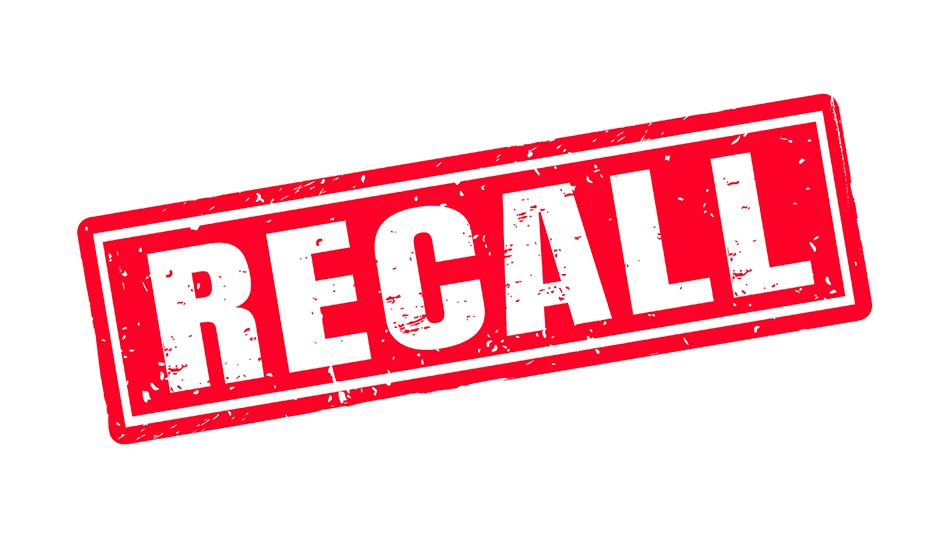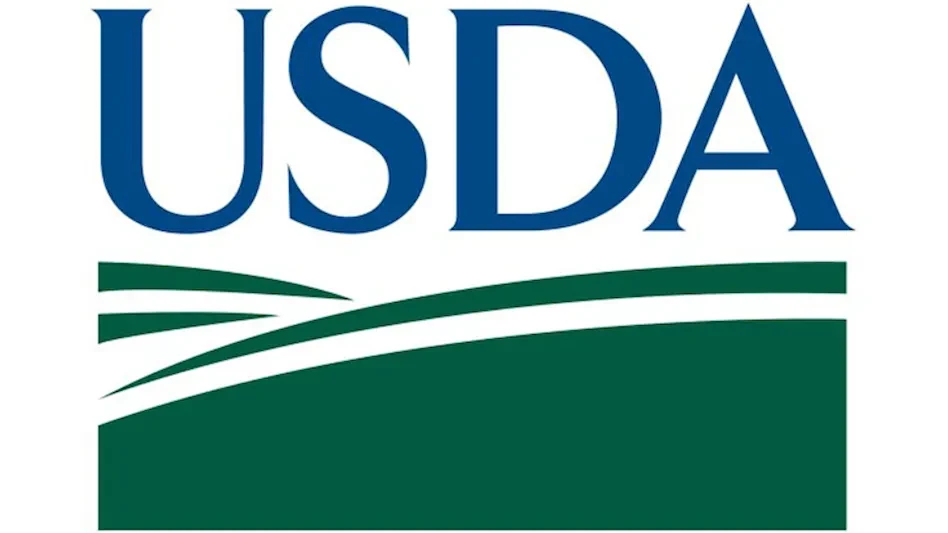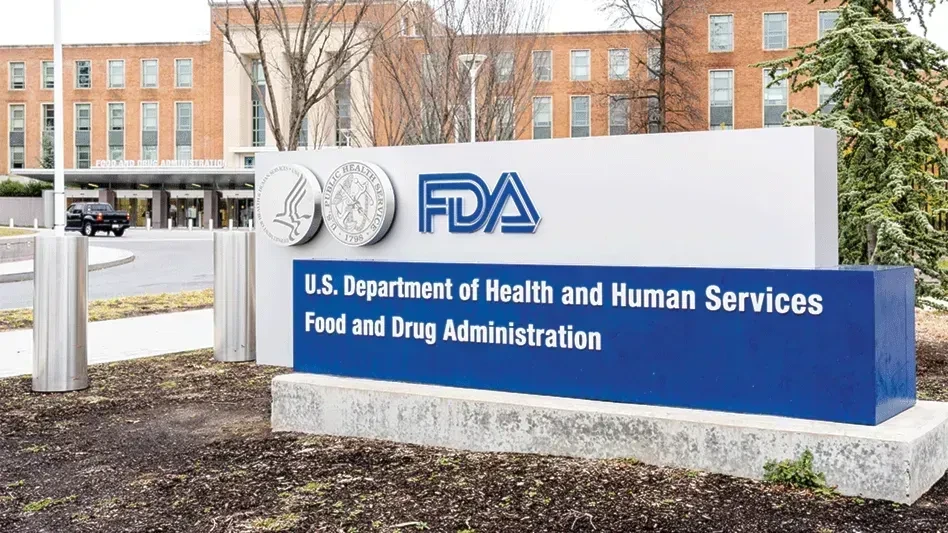
Four years after FDA published the seven major rules of the Food Safety Modernization Act (FSMA), almost all compliance dates have passed, and the agency is putting food safety plans and preventive controls under much closer scrutiny — for both domestic and foreign processors and suppliers of food for U.S. consumption. With FSMA, domestic food businesses are responsible for validating their foreign suppliers to make sure they apply preventive controls to all food exported to the United States.
The alternative to buying directly from suppliers abroad is to work with a Foreign Supplier Verification Program (FSVP) importer of record. Selecting one option or the other will depend on how you manage risks and cost, said Jose Castillo, president of Noon International, an importer and exporter of frozen, canned, and freeze-dried fruits and vegetables based in Seattle, Wash. “Some companies prefer to pay more in order to not be held responsible in the case of a recall. Those who believe they can manage the risk directly will prefer to cut out the middleman, especially if they’re already working with reputable companies abroad.”
However, working with an importer is not a good reason for forfeiting due diligence, Castillo warned. “As a food business you should be as thorough as your importer, if not more. After all, it’s still your product.”
When you evaluate a potential foreign supplier, look at the basics first. For Castillo these are: whether they were fully audited by GFSI or another recognized food safety institution; their environmental monitoring program; how they manage allergens; whether they have a Preventive Controls Qualified Individual (PCQI), preferably someone working directly for the company; and their food safety program in general.
Lack of these fundamentals are major red flags, important enough to consider a different supplier. Even if they have a great product, it would be simply too much work to get them FSVP compliant.
A solid food safety foundation, on the other hand, is a good starting point, although it will not make a foreign supplier automatically ready to export to the U.S. “Many foreign businesses are still operating under HACCP,” said Nancy Scharlach, president and chief technical director of FSMA International. “They have no PCQIs on staff, no preventive controls properly outlined or implemented, and still use generic terminology in their risk assessment for pathogen contamination.”
These shortcomings are more frequent in small businesses, which typically lack resources and manpower, but large companies are lagging behind as well. That is due to several reasons, Scharlach said. One is that HACCP and preventive controls are similar, which leads businesses to think that with a good HACCP program in place they are ready to export to the U.S. market. Other reasons are distance, which takes a lot of pressure off, and the fact that FDA has no jurisdiction to perform unannounced audits in foreign facilities.
This “good but not quite there yet” scenario is, in fact, the most likely one and requires all parties (domestic businesses, foreign suppliers, and importers when present) to work together to bridge the gap from HACCP to preventive controls.
The most effective option at this point may be going beyond paperwork and conference calls and visiting the supplier’s facility in person to verify first-hand what their food safety culture is like. “One of the things I usually look for is how management and workers carry themselves,” Castillo said. “Even where they take you out for a meal tells you a lot about how committed or not they are to the quality of their product.”
“It makes a huge difference when I visit foreign businesses directly,” Scharlach said. “Because it’s not just about ‘Okay, do your HACCP or food safety plan’ and walk away, it’s about developing a relationship so that I can understand their company better, and they can trust my input and why I’m asking for certain things.”
Auditing a foreign supplier directly may uncover an insufficient commitment or a weak food safety culture, where the implementation of additional measures is seen as a mere compliance obligation and not as a way to improve the quality of their products. This type of attitude is another important red flag to consider, Castillo said, explaining, “Everyone gets excited about the U.S. market, but sometimes when you tell them what they need to do, you realize they’re comfortable with what they’re doing locally.”
When that happens, it is important to have the integrity to say no and look for a different supplier. “Even if they have all paperwork in order, there may be no guarantee they’re going to have all it takes as far as safety is concerned,” he said.

Explore the January February 2020 Issue
Check out more from this issue and find your next story to read.
Latest from Quality Assurance & Food Safety
- Ferrero Group Invests $445 Million in Ontario Production Facility
- Nelson-Jameson Announces Grand Opening for Pennsylvania Distribution Center
- Taylor Farms Linked to Romaine E. coli Outbreak as Marler Clark Files Multiple Lawsuits Against Supplier
- IAFNS Announces Winners of Emerging Leader Awards for Food Safety, Nutrition
- FDA Shares Testing Results for PFAS in Bottled Water
- Provision Analytics Adds Food Safety Expert Jennifer Williams to Strategic Advisory Group
- Boston Sword & Tuna Protects Seafood Safety with Mettler-Toledo Metal Detectors
- IFT Releases New Resources to Aid Food and Beverage Industry in Sugar Reduction
